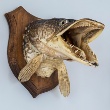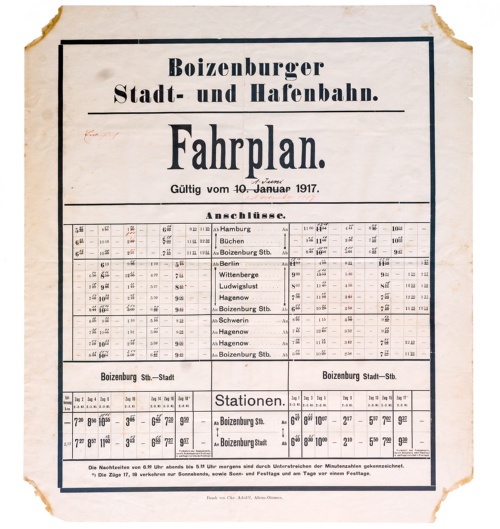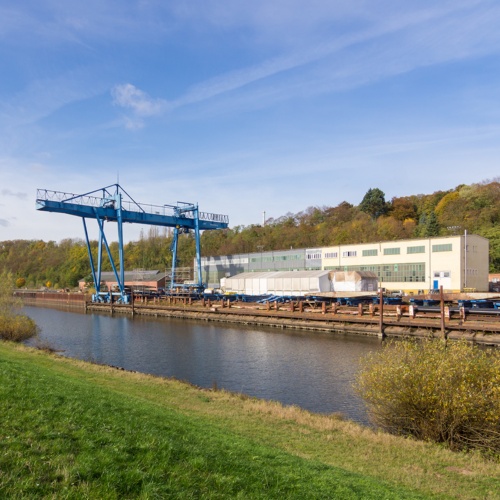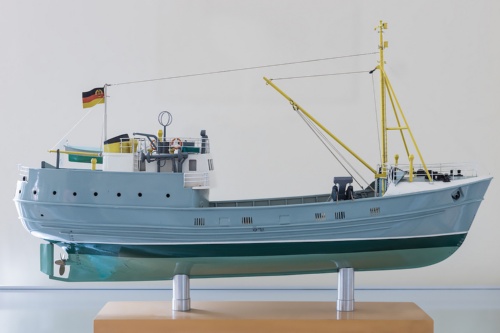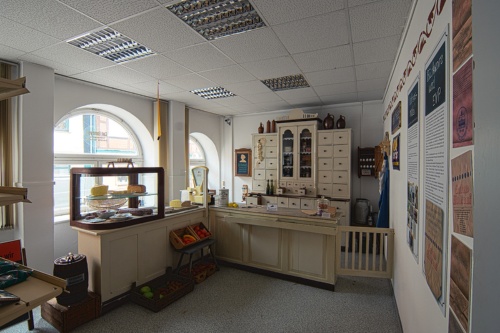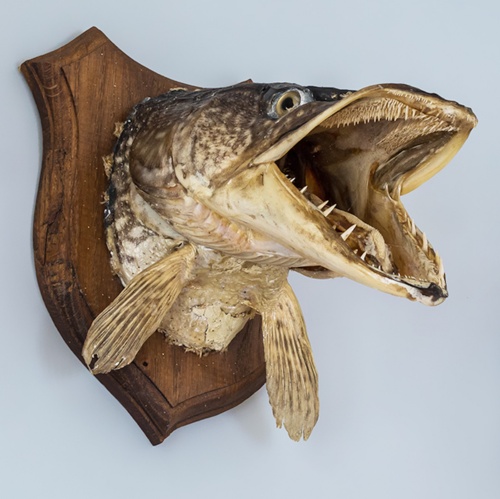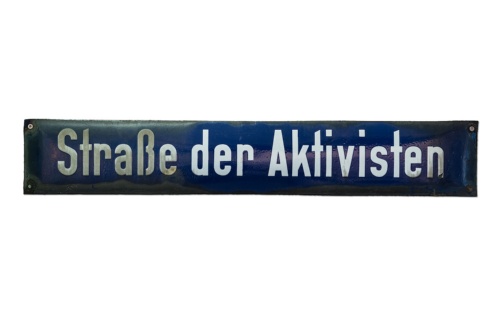Head of a pike (Esox lucius)
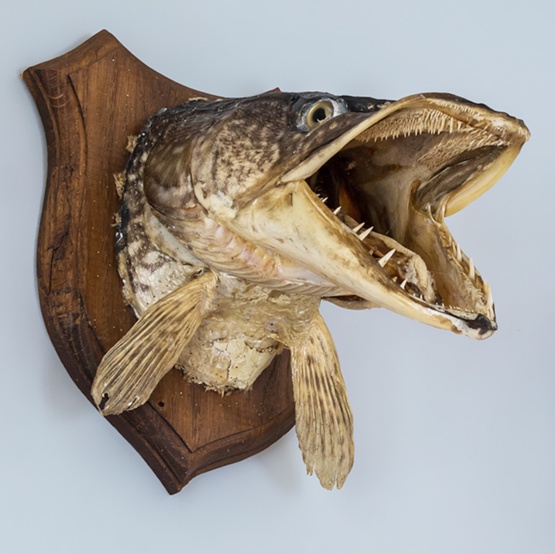
- Caught in the Elbe river in 2004
- Total weight of fish caught: 8 kg
- Dimensions of the specimen: 17 cm wide, 22.5 cm high, 25 cm deep
As the town is located on the Elbe, the oldest industry in Boizenburg is fishing. The fishing rights are held by the Mecklenburg rulers, and the official fishermen they employ fish on the river with the "Herrenboot" ("Master Boat"). In 1267, the town is granted Lübisch law and thus a municipal fishing office. From then on, the fishermen go fishing together, but the "Master Boat" still enjoys the privilege of fishing freely in all places and being the first boat to go out. Moreover, the office has to sell coveted fish to the "Master Boat" at cheaper prices.
Besides the catch, the sale is also regulated. This is not always adhered to despite the threat of punishment. The kitchen of the sovereign takes first priority in the regulations, then the locals and only then can the fisherman offer his goods at the marketplace. In the mid-19th century, yields fall so sharply that the Grand Duke sells his fishing rights to the town in 1870. Due to the increase in boats on the river, the regulation of the Elbe and the associated destruction of fishing grounds in the 1930s, it is almost impossible to make a living from fishing. In 1954, the last of the Boizenburg Elbe fishermen terminates their lease agreements with the town – especially as the Elbe has since become a border river. A fishing museum that reminds visitors of the old tradition closes in 2002. At that time, the local history museum takes over its inventory, including two specimens.
Text: I. R.
